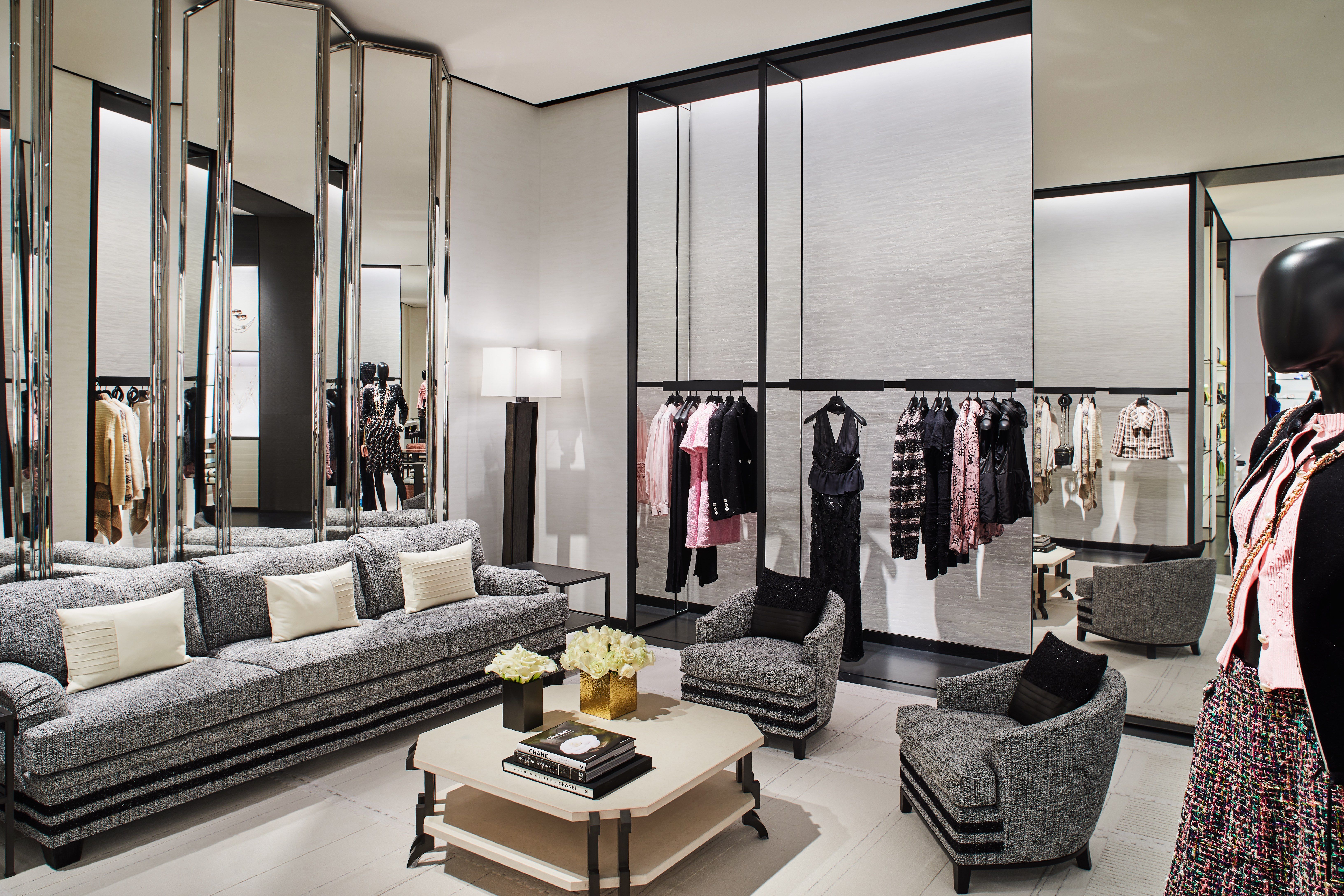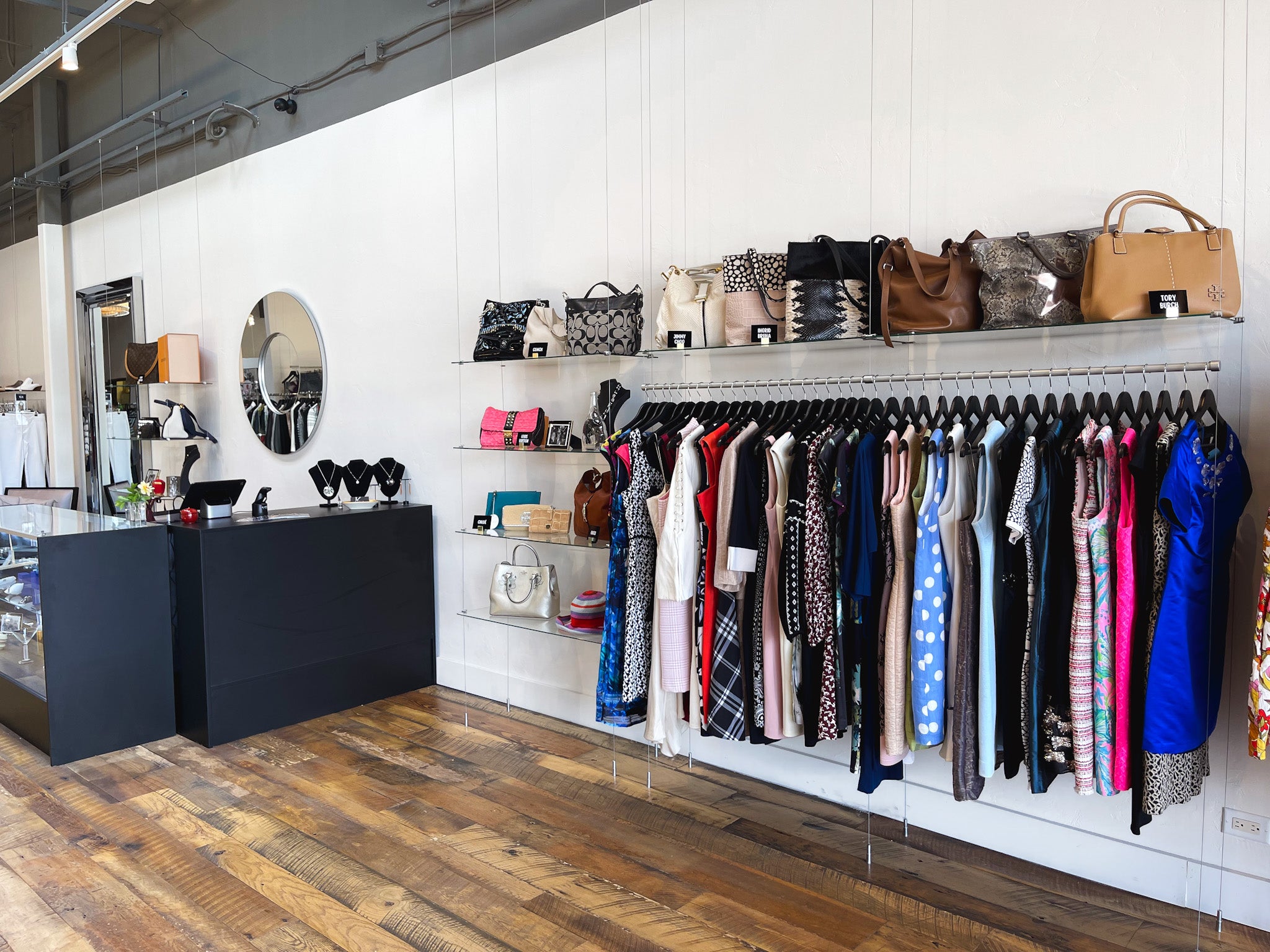Exploring the Development and Influence of Clothes on Modern Fashion Trends
The development of clothes has actually considerably affected modern fashion patterns, combining historical precedents with cutting-edge developments. Iconic figures like Coco Chanel and Yves Saint Laurent changed the apparel industry by introducing ideas that prioritize comfort and availability, which proceed to resonate today. Technological strides in areas such as 3D printing and clever textiles are redefining style opportunities and customer experiences (boutique fashion). In addition, the growing emphasis on inclusivity and sustainability is reshaping market standards. As we think about these multifaceted impacts, one must doubt just how these components jointly redefine style's duty in mirroring and shaping contemporary society.
Historical Fashion Influencers
In the tapestry of style history, certain figures have left an indelible mark, shaping the trends and styles that define whole eras. Coco Chanel, an innovative designer, redefined women's style by presenting comfy, classy clothing that left from limiting bodices.
Elsa Schiaparelli is another crucial figure, renowned for her progressive layouts that integrated surrealist art, collaborating with Salvador Dalí to develop wayward pieces that tested standard visual appeals. Her innovative use of color and bold patterns resounds in modern fashion. Yves Saint Laurent, on the other hand, democratized haute couture with prêt-à-porter collections, bringing path designs to the masses and establishing a precedent for modern ready-to-wear lines.
These dreamers, amongst others, not only transformed fashion in their times but likewise set sustaining patterns that resonate in today's garment industry, supplying a structure whereupon modern-day designers proceed to innovate and construct. Their legacies underscore the relevance of creative thinking and bold in style's ever-evolving story.
Technological Developments in Fashion
Amidst the vibrant landscape of the garment industry, technical improvements stand at the forefront of development, improving exactly how developers create and consumers engage with fashion. The assimilation of 3D printing has actually revolutionized layout processes, making it possible for designers to trying out intricate frameworks and lasting materials that were previously unthinkable. This modern technology helps with quick prototyping, reducing waste and quickening production times.

Smart textiles, installing innovation right into fabrics, are also changing the industry. Advancements like self-cleaning and temperature-regulating materials offer improved capability and comfort. Wearable modern technology, integrating features like physical fitness monitoring and interaction, includes a new dimension to fashion, combining aesthetics with functionality.
Social Changes and Design
As technological developments continue to improve the fashion sector, cultural changes are equally influential, redefining design and consumer preferences. In current years, the rise of social networks platforms has accelerated the circulation of international style fads, permitting varied cultural impacts to assemble and exist side-by-side. This electronic interconnectivity has assisted in the fast exchange of concepts, causing an extra diverse and comprehensive interpretation of design that mirrors the complex nature of contemporary society.
Cultural recognition and gratitude have actually motivated developers to attract inspiration from a broader range of ethnic and historic contexts, incorporating traditional concepts with contemporary looks. This combination has actually led to style that resonates with a bigger audience, advertising a sense of identification and belonging throughout various demographics. Furthermore, the enhancing demand for customization has driven brand names to supply personalized alternatives, making it possible for customers to express uniqueness while mirroring their social heritage.
Additionally, changing societal worths have influenced style, with inclusivity and diversity ending up being central themes. The industry has begun to welcome models and influencers of different body kinds, ethnic backgrounds, and sex identities, difficult standard beauty requirements. This improvement emphasizes the power of cultural changes in forming the future of style, as design becomes an extra genuine expression of cumulative and personal identification.
Sustainability and Modern Layout
While the fashion industry continues to progress, the essential for sustainability has become progressively immediate, influencing modern style techniques. The increase of slow-moving fashion, which stresses high quality over quantity, encourages customers to invest in classic pieces rather than short-term patterns.
Furthermore, modern layout is identified by its development in reducing waste and advertising circularity. This approach not only mitigates ecological effect however also boosts the social duty of style homes.

Future Trends in vogue

Sustainability will certainly remain to be a driving pressure in forming future fashion trends. The market is progressively taking on environment-friendly products and honest production methods, replying to an expanding consumer demand for responsible practices. Technologies such as bio-fabricated products and closed-loop recycling systems are readied to redefine just how clothing is created and consumed, reducing environmental influence while keeping design and top quality.
Social shifts, consisting visit this page of the rise of inclusivity and diversity, will additionally play an essential function. As society becomes extra mindful of social problems, style is expected to become a system for expression and adjustment. Designers will likely concentrate on creating collections that mirror a wider array of identities and experiences, promoting representation and availability.
Conclusion
The advancement of clothes considerably affects modern-day style go to the website patterns, where historical influences combine with contemporary styles. Secret numbers like Coco Chanel and Yves Saint Laurent have actually redefined style, while technical developments such as 3D printing and clever textiles broaden innovative opportunities. Cultural shifts in the direction of inclusivity and sustainability oblige brands to embrace moral techniques and accept variety. This recurring development highlights fashion's duty as a mirror to social values and technical innovation, recommending a future rich with development and inclusivity.
The evolution of apparel has substantially affected modern-day style trends, combining historical precedents with cutting-edge innovations.Amidst the vibrant landscape of the style industry, technical innovations stand at the center of advancement, reshaping just how developers develop and consumers engage with style.While the fashion sector proceeds to progress, the important for sustainability has come to be significantly urgent, influencing contemporary layout methods. As sustainability becomes embedded in modern-day style, it paves the method for a much more mindful and accountable fashion market.
The development of apparel considerably affects modern-day style patterns, where historic impacts combine with contemporary layouts.